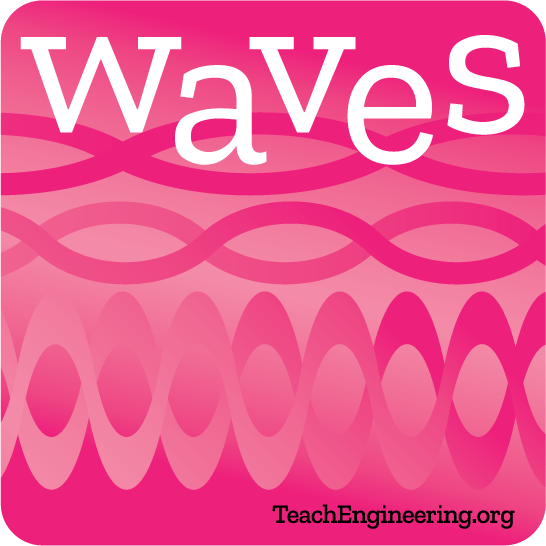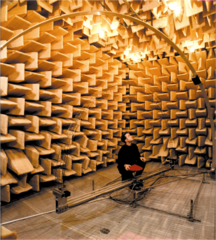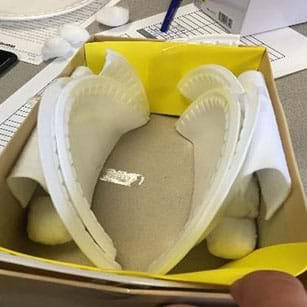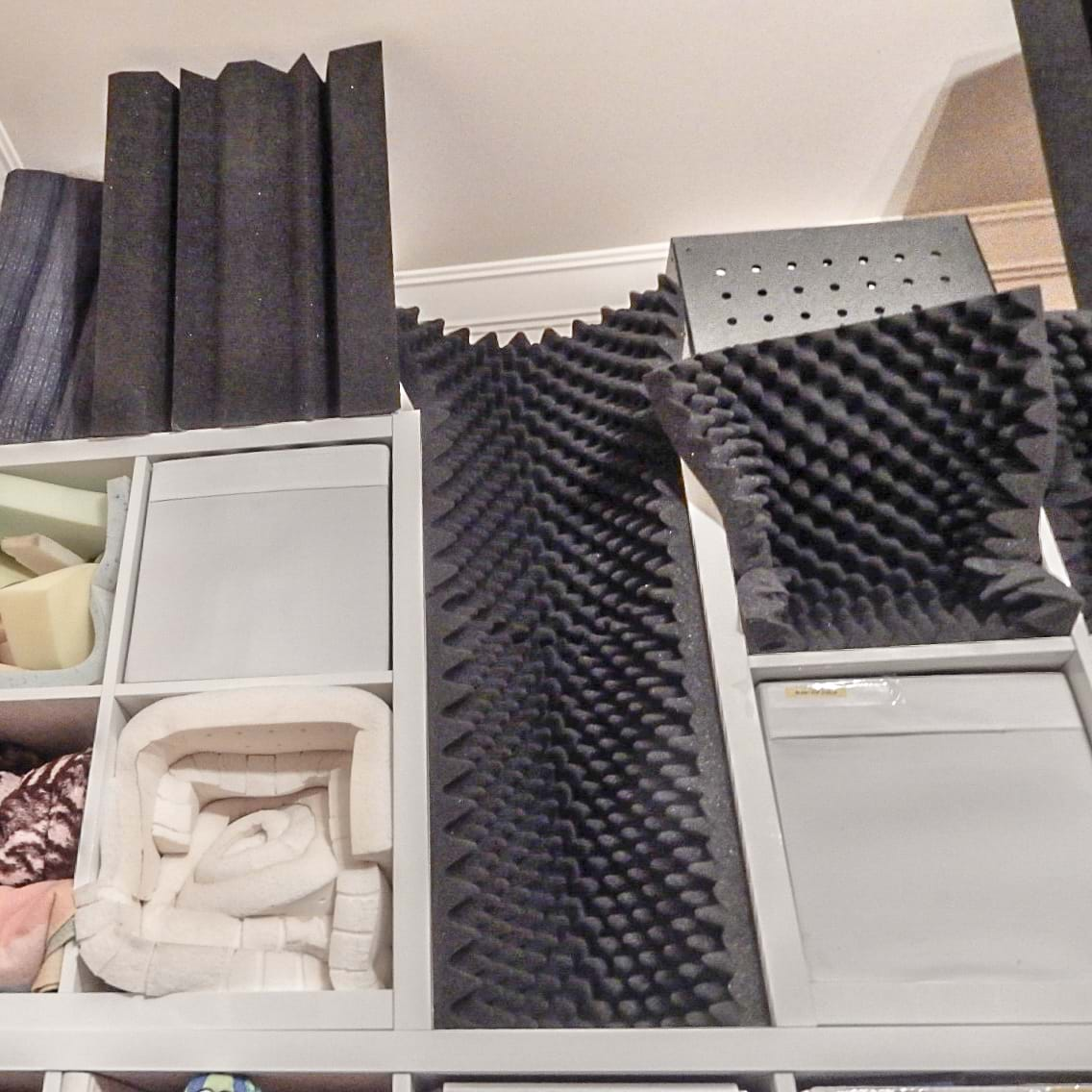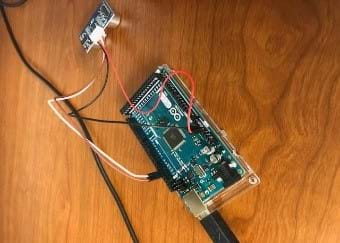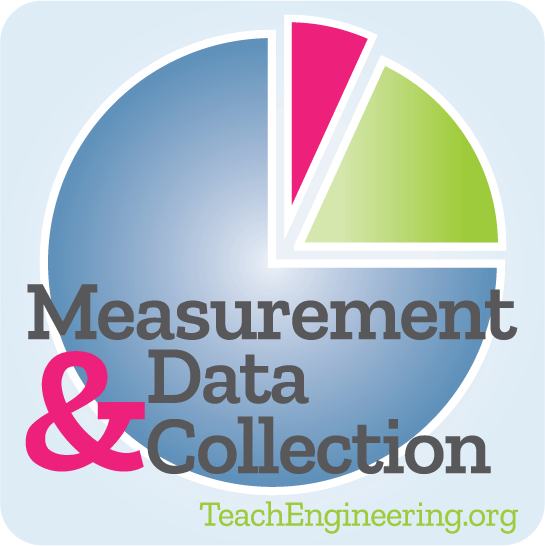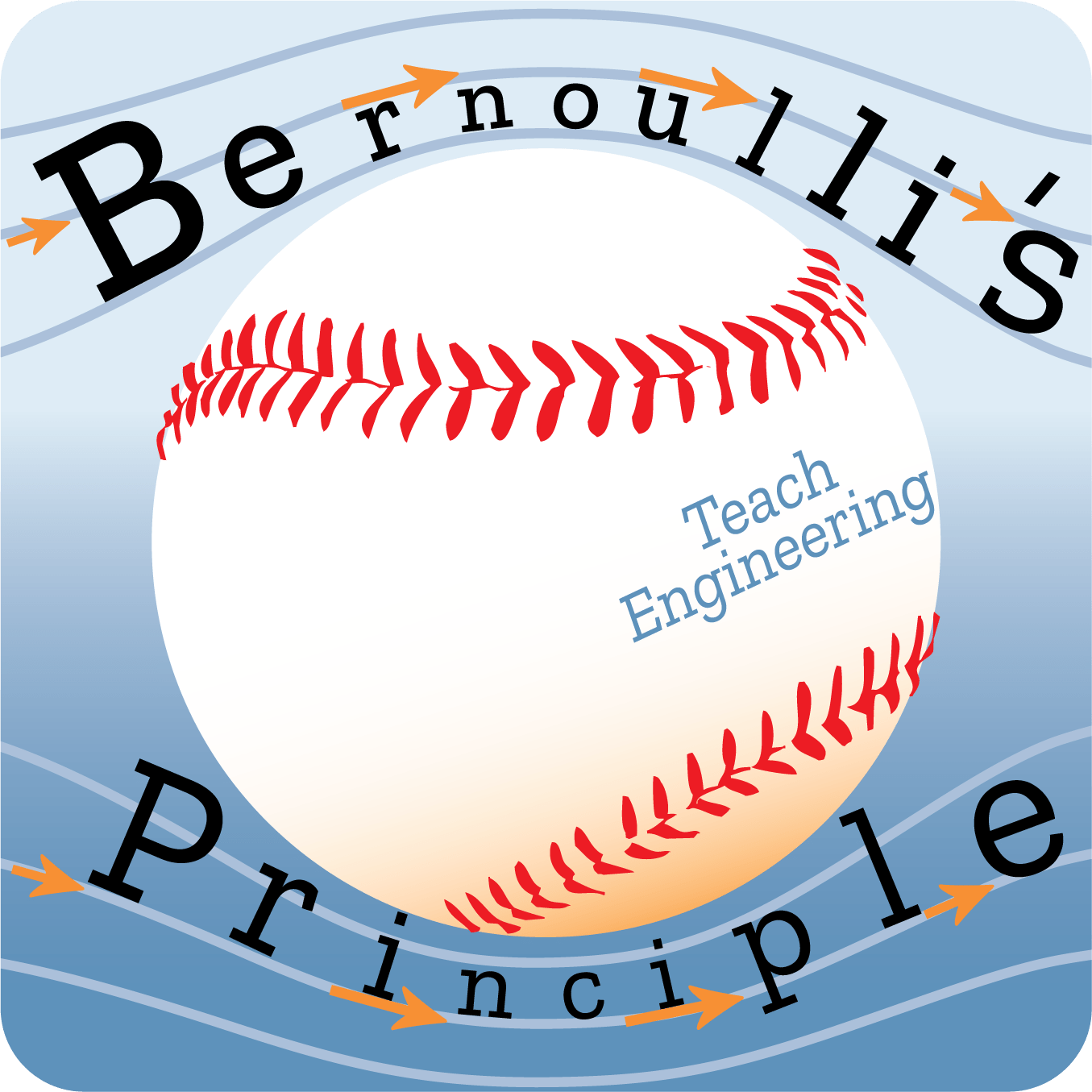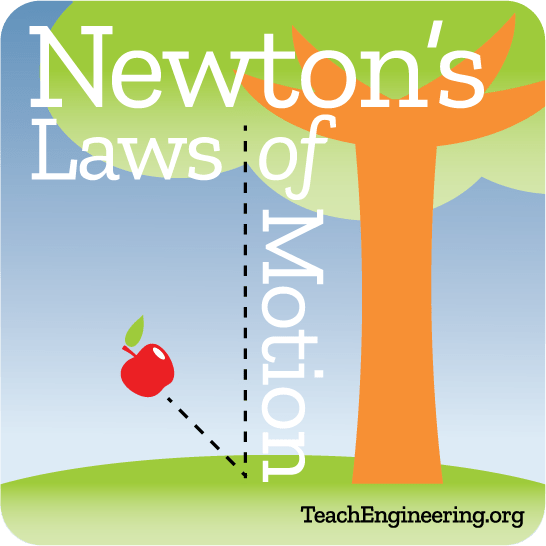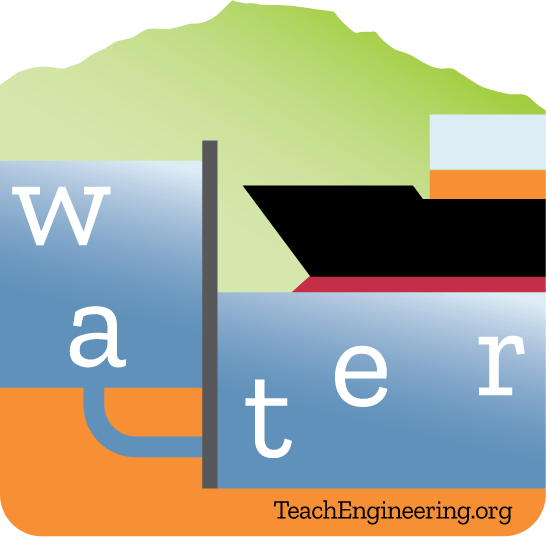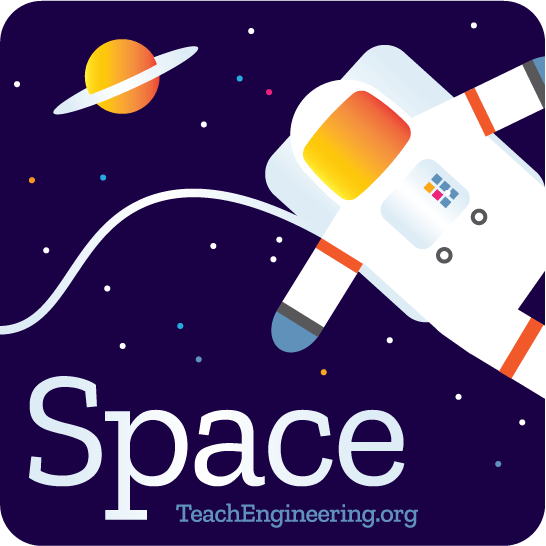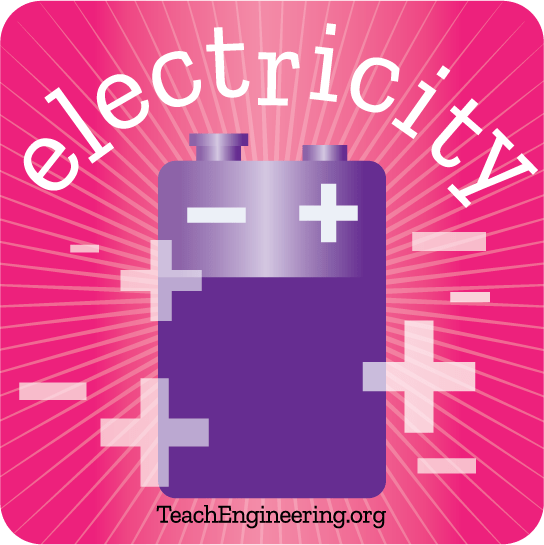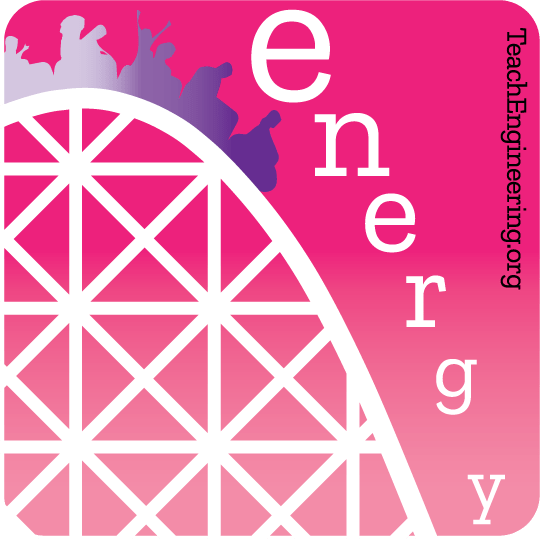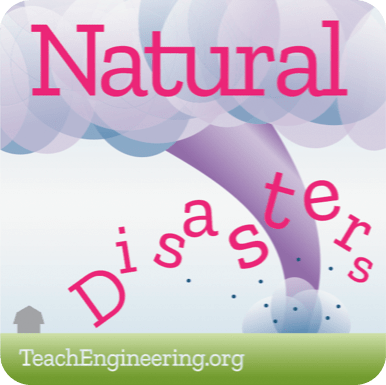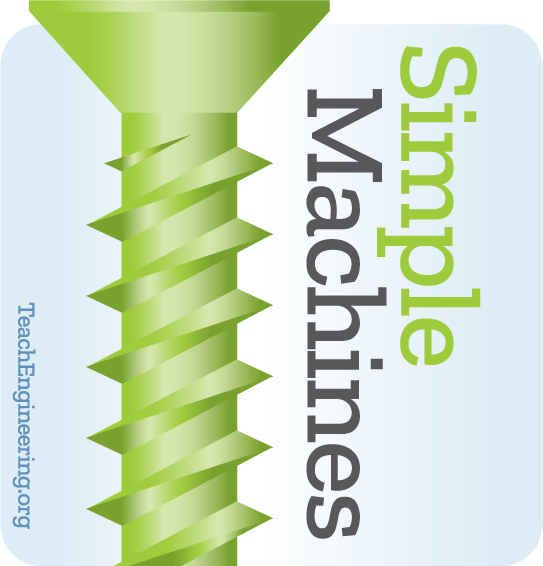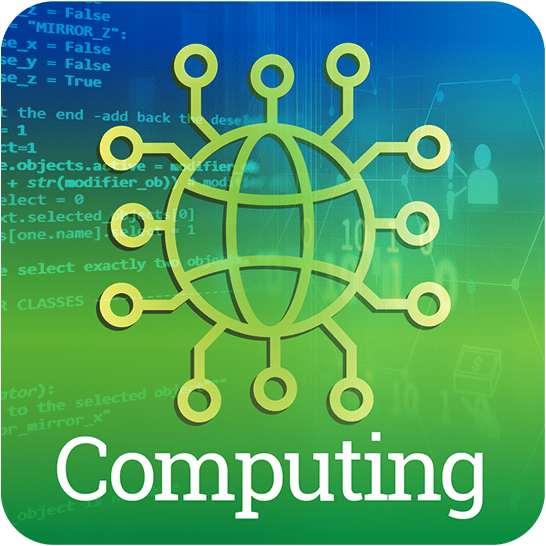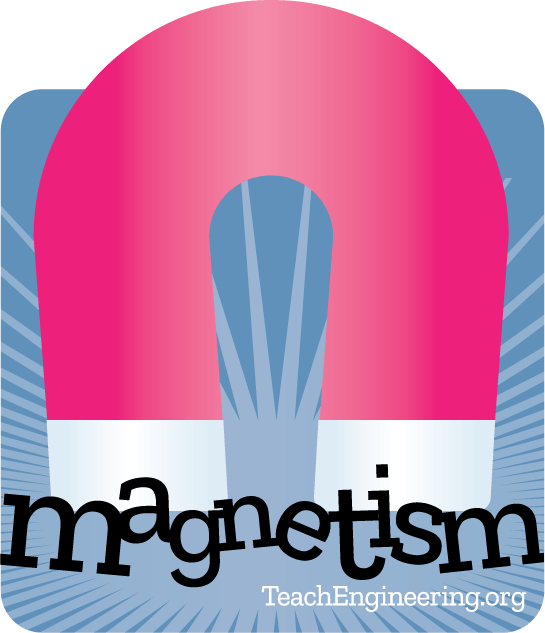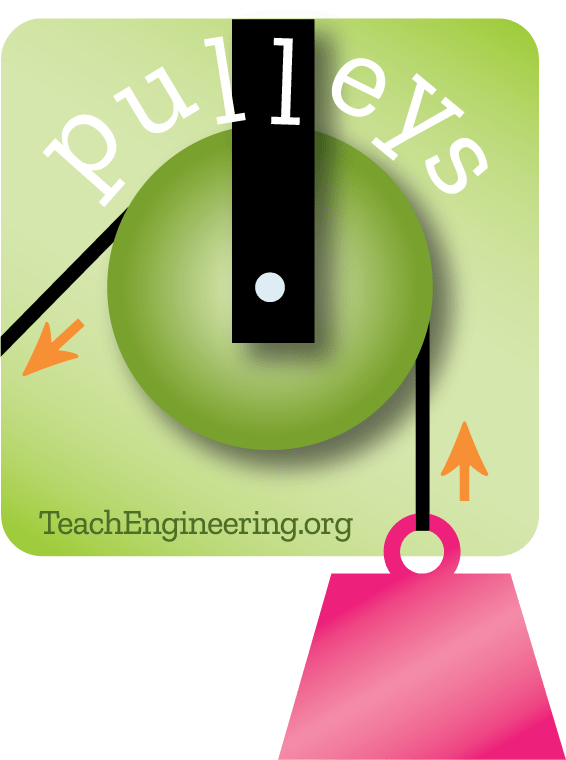Waves
Whether they are mechanical or electromechanical, engineers study and use the real-world phenomena of waves to innovate and design products and processes that make our lives easier.
A wave is a disturbance in land, water, air or space that moves energy from one location to another. Waves cannot always be seen with the bare eye. Despite some waves being invisible, engineers still study waves of all types and sizes – from earthquakes to radio waves – to make our world a safer and better place.
Engineers must understand the properties of waves—such as wavelength, frequency, amplitude and speed —and how waves can differ from one another in order to design safe and effective products. Two main categories of waves interest engineers and scientists:
- A mechanical wave is an oscillation of matter that transfers energy through the matter. There are three types of mechanical waves:
- Transverse waves wherein the particles oscillate perpendicular to the direction that the wave travels.
- Longitudinal waves wherein the particles oscillate parallel to the direction that the wave travels.
- Surface waves wherein the particles oscillate both perpendicular and parallel, so they end up moving in a circle.
- Electromechanical waves are created as a result of vibrations between an electric field and a magnetic field. These waves have different frequencies and wavelengths and include radio waves, microwaves, infrared radiation, visible light, ultraviolet radiation, X-rays and gamma rays.
To predict how tsunamis will travel after an earthquake takes place under the ocean in order to issue warnings that protect public health, civil engineers must understand wave properties and how they travel.
Electrical engineers also use their understanding of wave properties when designing electronic products that we use every day so that radios tune in to the right stations, or your cell phone only picks up the calls meant for you.
Sound and acoustic engineers know that the shape of a room and its materials greatly impact how sound waves travel. Recording studios are designed in soundproof booths so that the recorded music does not contain unwanted external noise, while libraries and schools are designed to reduce a myriad of introduced noises to assure a quiet, non-distracting learning environment.


Waves Curricula

Make waves in your classroom with the resources featured here, by grade band, to inspire your K-12 students make sense of the phenomena of waves!
Grades K-2
- Coming Soon!
Grades 3-5
- Make Some WavesMake Some Waves

In this activity, students use their own creativity (and their bodies) to make longitudinal and transverse waves. Through the use of common items, they will investigate the difference between longitudinal and transverse waves.
- Plumbing the Deep - Using Sound Waves to SeePlumbing the Deep - Using Sound Waves to See

Students learn about echolocation: what it is and how engineers use it to "see" things in the dark, or deep underwater. They also learn how animals use echolocation to catch their meals and travel the ocean waters and skies without running into things.
- Seeing and Feeling Sound VibrationsSeeing and Feeling Sound Vibrations

Students examine the existence of sound by listening to and seeing sound waves while conducting a set of simple activities as a class or in pairs at stations. Students describe sound in terms of its pitch, volume and frequency. They use this knowledge to discuss how engineers study sound waves to he...
- Visible Light and the Electromagnetic SpectrumVisible Light and the Electromagnetic Spectrum

During this lesson, the electromagnetic spectrum is explained and students learn that visible light makes up only a portion of this wide spectrum. Students also learn that engineers use electromagnetic waves for many different applications.
- Traveling SoundTraveling Sound

Students explore how sound waves move through liquids, solids and gases in a series of simple sound energy experiments.
- See More
Grades 6-8
- Ultrasound ImagingUltrasound Imaging

Students learn about ultrasound and how it can be used to determine the shapes and contours of unseen objects. Using a one-dimensional ultrasound imaging device (either prepared by the teacher or put together by the students) that incorporates a LEGO® MINDSTORMS® EV3 intelligent brick and ultrasonic...
- The Amazing AerogelThe Amazing Aerogel

In this lesson and its associated activity, students learn about aerogel, the silicon-based solid with a sponge-like structure. Students also learn about density and how aerogel is 99.8% air by volume, making it the lightest solid known to humans!
- Radar: Using Sound for SightRadar: Using Sound for Sight

Students use these concepts to understand how dolphins use echolocation to locate prey, escape predators, navigate their environment, such as avoiding gillnets set by commercial fishing vessels. Students also learn that dolphin sounds are vibrations created by vocal organs, and that sound is a type ...
- Waves and Wave PropertiesWaves and Wave Properties

Students learn about the types of waves and how they change direction, as well as basic wave properties such as wavelength, frequency, amplitude and speed. During the presentation of lecture information on wave characteristics and properties, students take notes using a handout.
- Riding the Radio WavesRiding the Radio Waves

Students learn how AM radios work through basic concepts about waves and magnetic fields. Then students learn general concepts about magnetic fields, leading into how radio waves are created and transmitted.
- See More
Grades 9-12
- Exploring the Electromagnetic SpectrumExploring the Electromagnetic Spectrum

Students learn the basics of the electromagnetic spectrum and how various types of electromagnetic waves are related in terms of wavelength and energy. In addition, they are introduced to the various types of waves that make up the electromagnetic spectrum including, radio waves, ultraviolet waves, ...
- Earthquakes Living Lab: Finding Epicenters & Measuring MagnitudesEarthquakes Living Lab: Finding Epicenters & Measuring Magnitudes

Students learn how engineers characterize earthquakes through seismic data. Then, acting as engineers, they use real-world seismograph data and a tutorial/simulation accessed through the Earthquakes Living Lab to locate earthquake epicenters via triangulation and determine earthquake magnitudes.
- Monitoring Noise Levels with a Smart Device Monitoring Noise Levels with a Smart Device
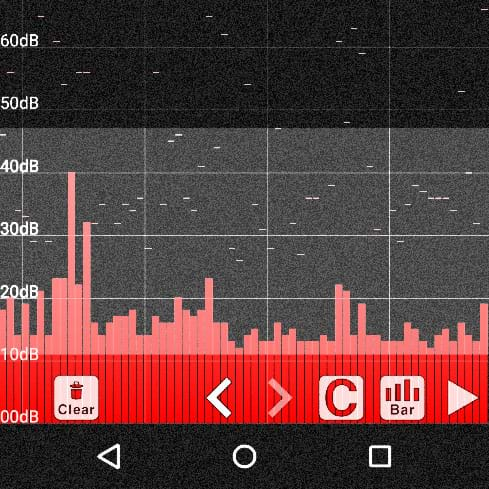
Students learn the physics of sound and how it travels, as well as how noise impacts human health. Then they devise an experimental procedure and teams collect data in their classroom, school and near a loud noise source (such as a busy road or construction site) using smart phones/tablets, micropho...
- Lab Research to Engineer a Phosphorescent BioplasticLab Research to Engineer a Phosphorescent Bioplastic

Students conduct lab research using the steps of the scientific method to design a biosolid that best meets specified objectives (criteria, constraints). They learn about the light mechanism that changes ultraviolet bead color and see how three different light wavelengths (UV/black light, visible/LE...
- What’s Your Angle? Assessing Wave RefractionsWhat’s Your Angle? Assessing Wave Refractions
Students observe wave refraction in different mediums. They trace the path of light waves of a laser entering a medium and exiting the medium. Then they measure the angle of the refracted ray using a protractor to get an understanding of the concepts of how refraction works in different mediums. By...
- See More



